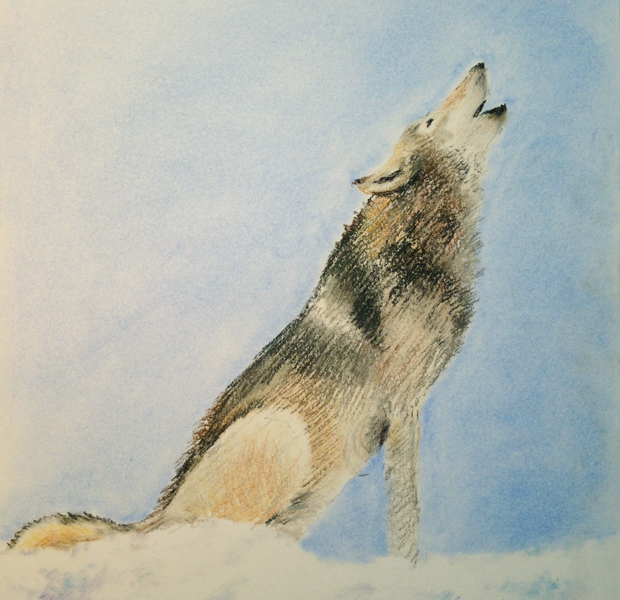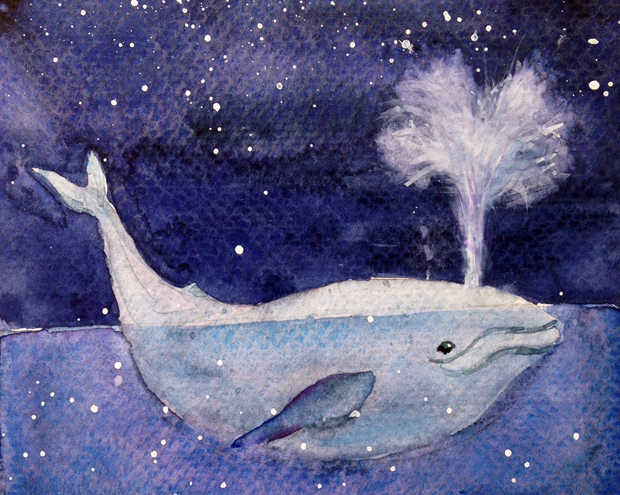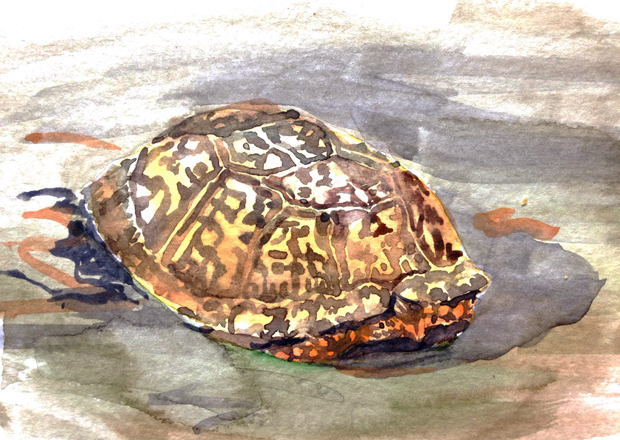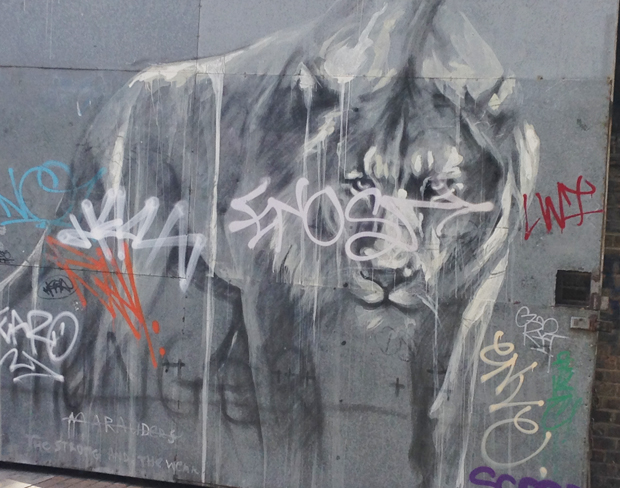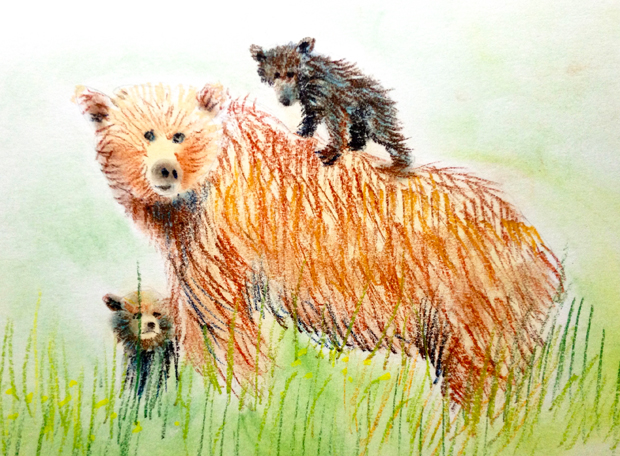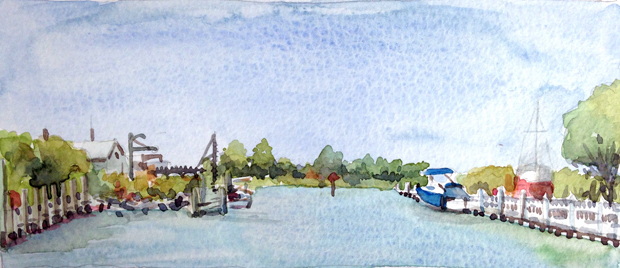In the aftermath of the attacks in Paris, two themes on social media have caught my attention. One goes along the lines that eradication of all evil by violent means is the only possible response to restore safety and normalcy. The other chastises people for identifying with and feeling compassion for Parisians, but ignoring Lebanese, Syrians, and refugees of other ethnicities.
One is dangerously myopic; the other tips too far the other way by insisting that without a worldcentric perspective, your compassion falls woefully short of what is needed right now. I don’t mind having my awareness tweaked. I do object to holier-than-thou snarkiness that judges what I care about. And yet, maybe my discomfort stems from the sudden recognition that I, too, am guilty of looking down on those who don’t share my views or meet my expectations. Continue reading

